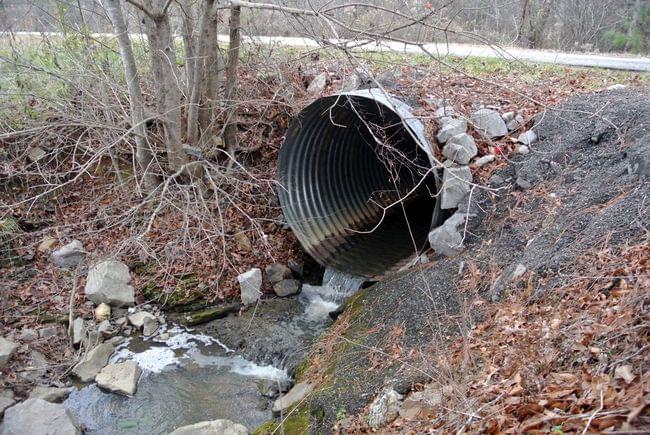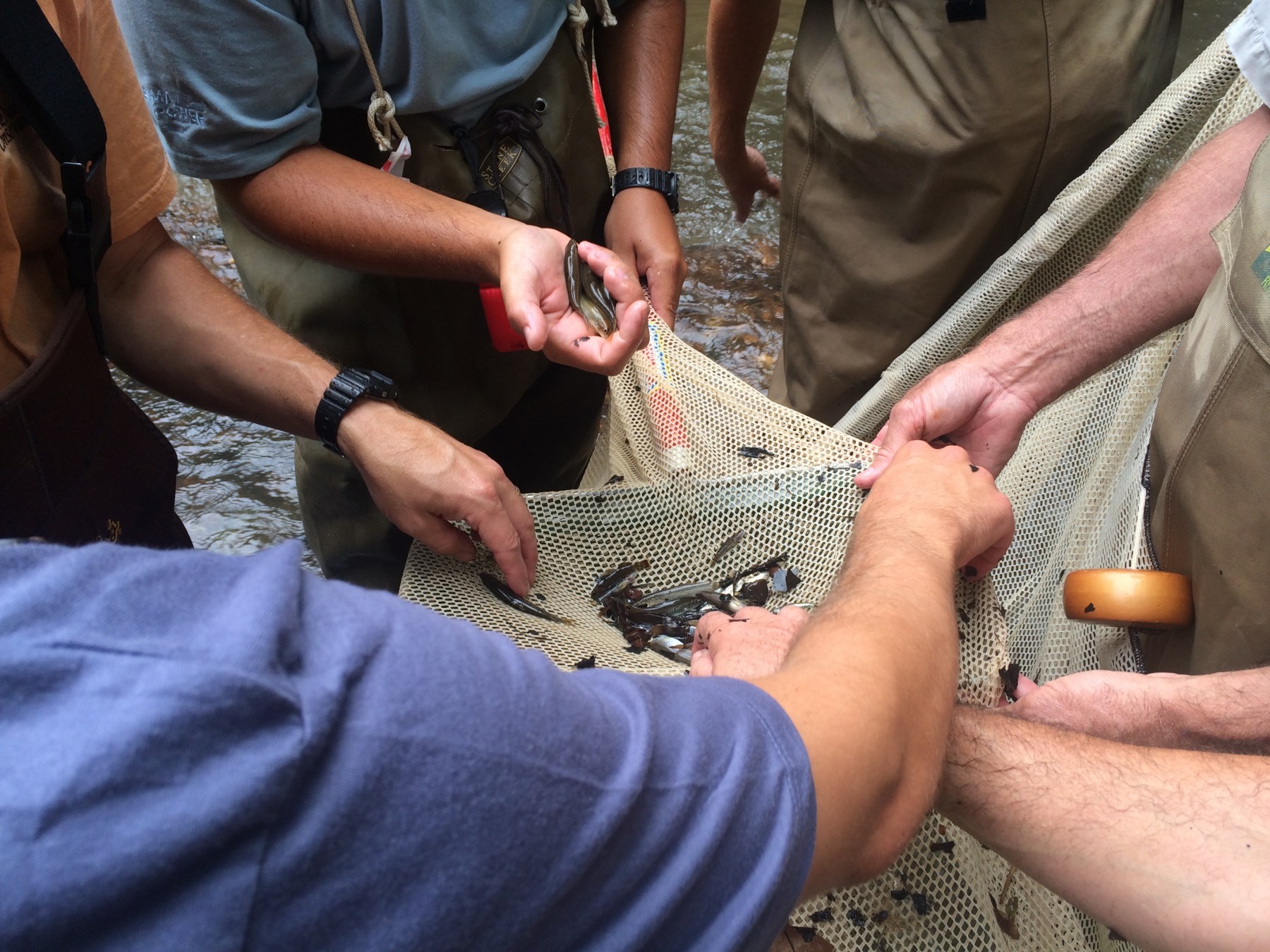The U.S. Fish & Wildlife Service recently announced a proposal to protect the trispot darter under the Endangered Species Act as a “Threatened” species. This cute little fish, growing to only a little over one inch long, is currently known to occur in only 20% of its historical range, which is the Middle and Upper Coosa Basins. That’s like if all the world’s humans vanished from all but one continent!
The trispot darter had not been seen in Alabama for decades until 2008 when it was spotted in Little Canoe Creek which is near Springville. Protection for the trispot darter is long overdue, and the U.S. Fish & Wildlife Service is notoriously misses deadlines for listing species. A lawsuit filed by Center for Biological Diversity and others prompted the Service to pick up the pace on the trispot darter and other species.

One thing that is really interesting and unique about the trispot darter is where they breed…They move up creeks into very small seepages and intermittent drainages, places that in the summer probably don’t even have water. This is also what makes them especially susceptible to all the increase in residential and commercial development in the Springville area. Furthermore, the recent proposal by the EPA which would remove Clean Water Act protections from intermittent streams could really be tough on the trispot darter.
Among the big threats to this darter and many other species like it are:
1) habitat connectivity, every culvert that is not properly submerged is a blockade to fish passage and these fish like to get to the REALLY skinny waters
2) habitat alteration, every wooded area near Springville that is converted to a subdivision is one less potential spawning habitat for this darter
3) sedimentation, all that mud washing downstream in a big rain really hurts fish
4) loss of riparian vegetation, livestock farms where cattle have access to the creek are detrimental to the habitat of the darter.

Listing the trispot darter as Threatened will give the U.S. Fish & Wildlife Service a little more power to protect the species. But ultimately, it’s still going to take buy in from our community. We have to do things like ensure that, as our community grows, we are responsible with our development (properly set culverts, protect drainage areas, and control stormwater runoff). We also need to fence our cattle out of the creek, plant some trees along the creek, and set up watering pads on the pasture instead.
In fact, there’s state, federal and private dollars for a lot of this type of restoration work. So, if you or your neighbor could use some help fixing a culvert or pond or fencing some cattle off the creek, please get in touch with us and we’ll connect you with the right people.
This blog post was written by Frank Chitwood, Staff Riverkeeper.





